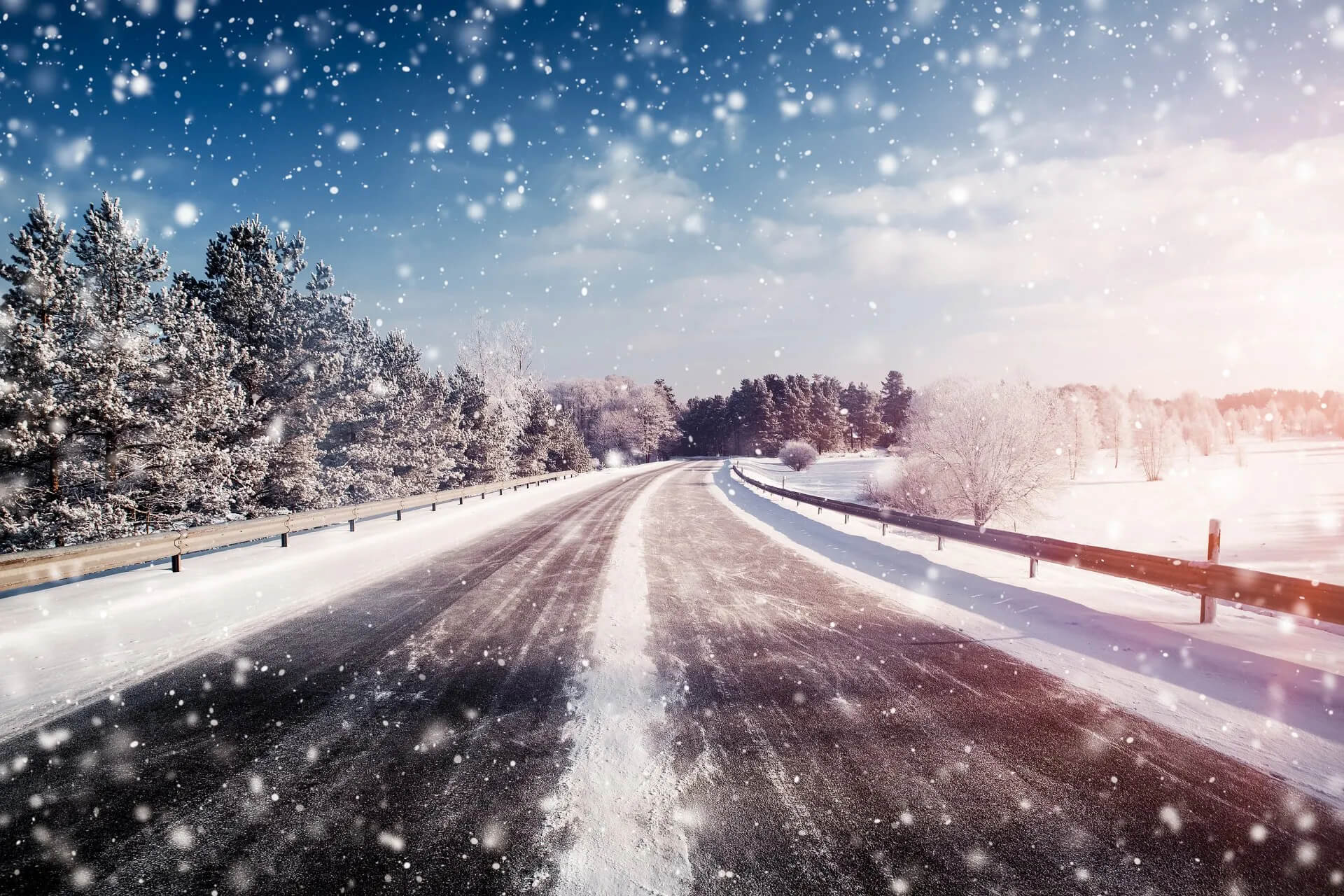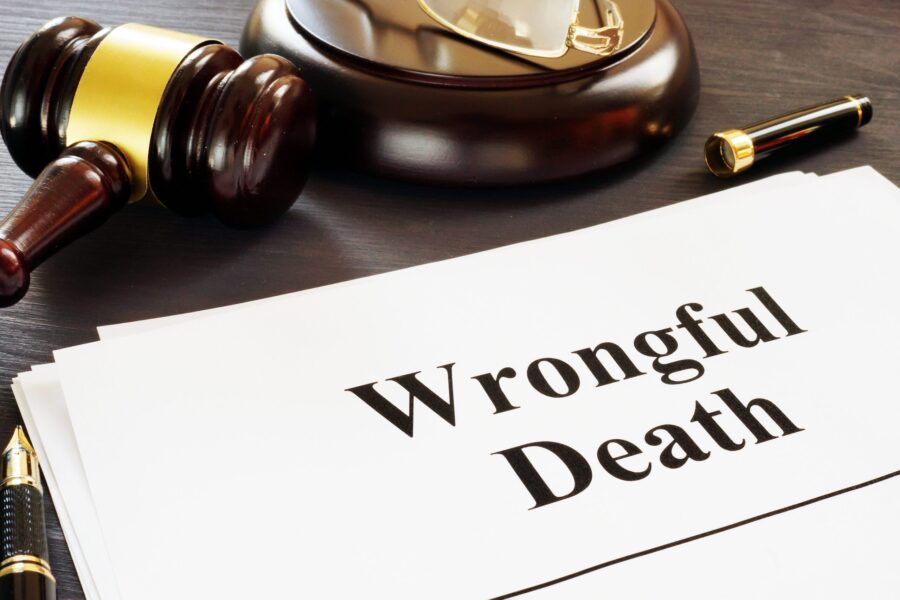

How Do Personal Injuries Happen in Winter Driving Accidents?
Winter can be a particularly dangerous time for driving in Michigan, and it is critical for anyone on the road to understand some causes of winter driving accidents and the personal injuries they can cause. Fortunately, motorists may be able to avoid many collisions simply by preparing for winter driving. Yet when another motorist behaves negligently on the road, a serious or fatal collision can occur. The AAA Foundation for Traffic Safety and the National Highway Traffic Safety Administration (NHTSA) highlight the dangers of winter driving. In considering those winter driving hazards, we want to discuss some of the ways that driving crashes in Michigan.
Poor Vehicle Maintenance
Some motorists who cause winter car crashes might be driving in a reasonable way on the roads given the wintry conditions, but they may be negligent in their maintenance of the vehicle. Poor vehicle maintenance can contribute to, and often can cause, a serious motor vehicle collision in the winter. Most notably, vehicle owners should have their windshield wipers checked and replaced if necessary, they should have their vehicle batteries checked, coolant should be replaced if necessary, and tires should have appropriate tread and should be properly inflated. When a vehicle is not properly maintained, any of those issues we just mentioned can cause a severe crash and result in serious injuries—even if the driver is traveling at speeds well below the speed limit and has left a significant following distance, for example.
Dangerous Driving Given the Wintry Conditions
Many winter car crashes because another motorist was driving in a dangerous and unreasonable manner given the wintry conditions. We want to make clear that a driver can certainly be negligent—and can be liable for personal injuries in a wreck—even if that driver is obeying the traffic rules but is not driving reasonably under the conditions.
For example, if you are driving during a snow storm and there is very low visibility, a reasonable driver should slow down significantly—even to the extent of traveling well below the posted speed limit. To be sure, in a low-visibility winter snowstorm, driving at the posted speed limit may be negligent. Accordingly, if a driver traveling at the posted speed limit in a low-visibility snow storm and still causes a car accident, that driver may be responsible for injuries sustained by anyone involved in the collision.
Lack of Experience or Training in Winter Driving
Sometimes motorists are involved in, or cause, serious car crashes in the winter because of their inexperience or lack of training when it comes to wintertime driving. For example, if you hit a large patch of ice on the road, it is critical to know how to come to a safe stop. Many people frantically hit the brakes, but it is necessary to come to a gradual stop any time the roads may be slick due to ice and snow. You should slow down gradually as you approach any intersection or stop light, doing your best to avoid having to hit the brakes much at all, according to AAA. Similarly, if you are driving uphill and there may be ice on the road, it is important to avoid stopping until you have reached the top of the hill. Trying to stop can result in your brakes locking up, or your vehicle being unable to move forward again. As such, you could end up in a dangerous situation where your vehicle is moving backwards down the hill, and there is little you can do to stop it.
Contact a Michigan Personal Injury Lawyer
Do you have questions about seeking compensation after a winter car accident? One of our experienced Michigan personal injury attorneys can assist you. Contact Mihelich & Kavanaugh, PLC for more information about getting started on your claim.







